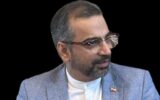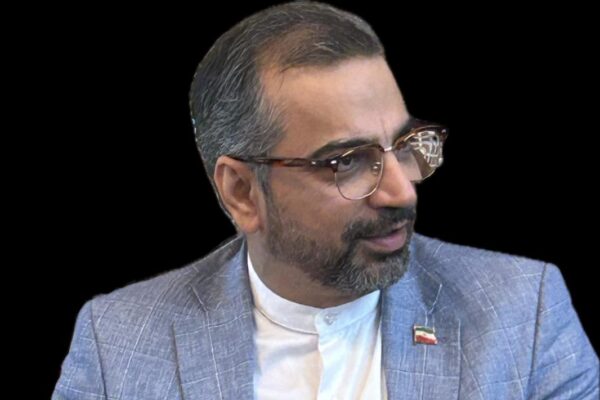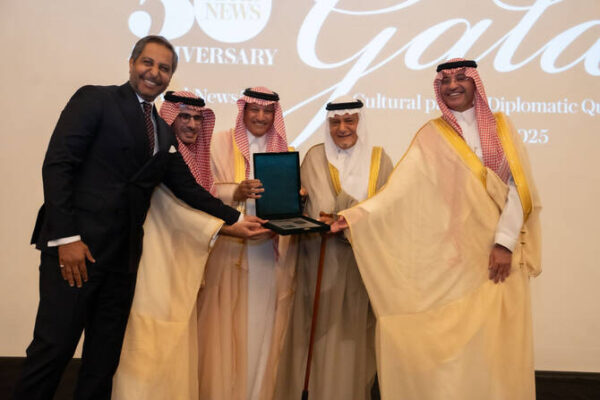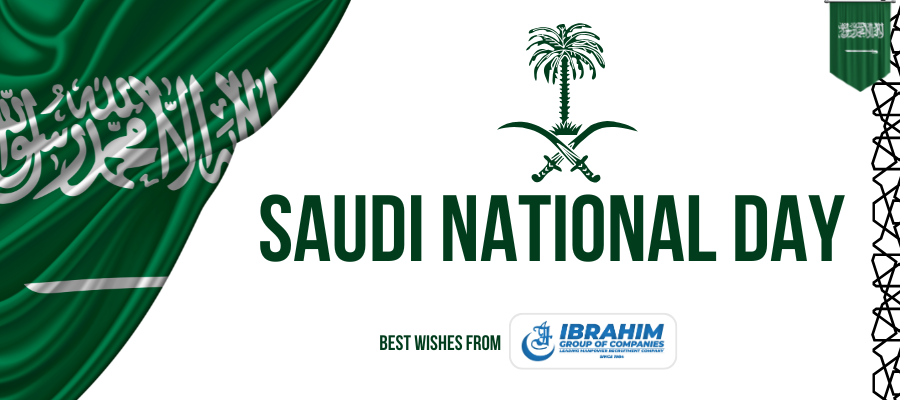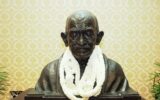MUHAMMAD RAZA MALIK
COLOMBO: Pakistan High Commision will observe the Kashmir Black Day, at its premises at 10 30am on Wednesday,October 27. (Today)
Background
October 27 is the darkest day in the history of Jammu and Kashmir. Kashmiris on both sides of the Line of Control and the world over observe it as a Black Day because on this day in 1947 India had forcibly occupied Jammu and Kashmir by landing its army in Srinagar against the will of the Kashmiri people and in total disregard to the Indian Independence Act and Partition Plan.
Under the Indian Independence Act and Partition Plan of 1947, the Indian British Colony was divided into two sovereign states, India – with Hindu-majority areas – and Pakistan – with the Muslim-majority areas of Western provinces and East Bengal. As per the understanding behind the Partition Plan, the then Princely States were free to accede either to Pakistan or India on the basis of their geography and demography. Muslim Majority Jammu and Kashmir was a natural part of Pakistan as both shared strong bonds in respect of religion, geography and culture. But, unfortunately, the then Hindu ruler of Jammu and Kashmir, Maharaja Hari Singh, destroyed the future of Kashmiri people by announcing its accession to India under a controversial document, Instrument of Accession, thus laying the foundation of the Kashmir dispute. Many observers including prominent British historian, Alastair Lamb, and noted Kashmiri researchers, Abdul Majid Zargar and Basharat Hussain Qazilbash, deny the existence of such a document with the argument that had it been there, the Indian government must have made it public either officially or at any international forum. Even Indian Archives Department’s announcement that the document is lost has put question marks on its very existence.
Indian troops, the forces of Dogra Maharaja, and Hindu extremists massacred over three hundred thousand Kashmiri Muslims in Jammu region while they were migrating to Pakistan within a period of two months with the intention to change the demographic composition of the territory.
Kashmiris’ resistance and mass uprisings
The people of Kashmir rejected India’s illegal occupation right from the day one and through an exemplary struggle succeeded in liberating a vast area now known as Azad Jammu and Kashmir. Their resilience forced India to approach the United Nations in January 1948, seeking its help in settling the Kashmir dispute. The UN Security Council adopted successive resolutions that nullified the Indian occupation and called for resolving the dispute through holding of plebiscite in Jammu and Kashmir.
After the failure of all peaceful means to settle the Kashmir dispute, the Kashmiris intensified their struggle in 1989 to get rid of Indian illegal occupation. The people of IIOJK added a new dimension to their freedom movement in 2008. They hit the streets in thousands during mass uprisings in 2008, 2009, 2010 and 2016. At times, over one million people were seen marching on the streets of Srinagar, demanding their right to self-determination. Unfortunately, instead of taking these massive protests as Kashmiris’ referendum against its illegal occupation, India responded by subjecting the peaceful protesters to brute force including firing of bullets, pellets and teargas shells, killing hundreds of them and injuring thousands others.
Indian state terrorism
New Delhi has exhausted all its resources and used every brutal tactic during the past over seven decades but has miserably failed to intimidate the people of occupied Jammu and Kashmir into submission and efface their love for Pakistan from their hearts. Since 1989, when the people of occupied Kashmir intensified their freedom struggle, till 24 October 2021, Indian troops have martyred 95,894 innocent Kashmiris, widowed 22,934 women, orphaned 107,842 children and molested or gang-raped 11,246 Kashmiri women. While the whereabouts of thousands of innocent youth subjected to disappearance in custody remain untraced, the discovery of thousands of mass graves across the territory has raised concerns about their safety. Since the mass uprising triggered by the extrajudicial killing of popular youth leader, Burhan Wani, on 8th July in 2016, besides killing over 1,480 Kashmiris, the troops have caused injuries to more than 29,840 people by firing pellets, bullets and teargas shells on protesters. During this period, more than 11,400 people have suffered pellet injuries. Of these pellet victims, 2,000 have been hit in the eyes and around 200 of them have lost their eyesight in one or both eyes. However, all these Indian brutalities have failed to subdue the Kashmiris’ freedom sentiment and they are determined to take their struggle for securing their inalienable right to self-determination to its logical conclusion at all costs.
Modi’s onslaught
The people of IIOJK are facing the worst military siege imposed by Narendra Modi-led fascist Indian government after abrogating the special status of the territory on August 05, 2019. Following this unconstitutional action, the Modi regime, on one hand, has intensified its efforts to impose the Hindutva ideology of extremist Hindu organisation Rashtriya Swayamsevak Sangh in IIOJK, while on the other, it is forcefully implementing its settler colonial plan in the territory to turn the Muslim majority into a minority. In order to achieve its nefarious objectives, it has imposed several federal laws, introduced new domicile rules in IIOJK and granted domicile status to thousands of non-Kashmiri Hindus, replaced the Muslim names of important places and departments with Hindu names, and is also working on delimitation of Lok Sabha and assembly constituencies in the occupied territory with an aim to give more seats to Hindu-dominated areas of Jammu division.
After 05 August 2019 move, Indian troops have intensified cordon and search operations across the occupied territory and created an atmosphere of fear and suffocation. They are killing innocent youth in fake encounters in an extra-judicial manner, arresting and torturing the people irrespective of their age and gender. With the nefarious intention to hide the ground situation of IIOJK from the international community, Modi regime also introduced a new media policy last year, imposing strict curbs on journalists to report the atrocities being perpetrated by Indian forces’ personnel on the innocent people of the territory during the cordon and search operations. The incidents of arrest and intimidation of media persons, who were already working under testing conditions, have witnessed an upsurge after the imposition of this policy. Seven journalists were detained in the month of October 2021 alone.
The main objective behind all these unilateral illegal and brutal measures is to convert IIOJK’s Muslim majority into a minority by settling Indian Hindus in large numbers in the occupied territory. It is also aimed at damaging the essence of the UN resolutions on the Kashmir dispute and affect the results in India’s favour if New Delhi is compelled to hold a plebiscite in Jammu and Kashmir at any point of time in the future.
Pakistan’s support
The Pakistani leadership, particularly Prime Minister Imran Khan, is continuously sensitizing the world community about the grave situation in IIOJK caused by the illegal and unconstitutional actions taken by Modi regime on and after 05 August 2019 in IIOJK and their ramifications on the regional peace. In his virtual address to the 76th session of the UN general Assembly in September, this year, Imran Khan said that India’s actions in IIOJK amounted to war crimes and the crimes against humanity and regretted the world’s selective approach owing to its corporate interests. He made it clear that sustainable peace in South Asia is contingent upon settlement of the Jammu and Kashmir dispute in line with the relevant UN Security Council resolutions and the aspirations of the Kashmiri people. The Army Chief, General Qamar Javed Bajwa, has repeatedly expressed Pak Army’s support to the Kashmir cause. He has declared that Pakistan is ready to fight till last bullet and last soldier for Kashmir. It was due to Pakistan’s strenuous efforts that the UNSC held its session on Kashmir thrice – first time after the period of over 50 years. Now, the Kashmir dispute has become the focus of attention at the global level post August 2019.
Conclusion
As the Kashmiri people’s sufferings started with the landing of Indian troops at Srinagar airport on 27 October in 1947 against their wishes and aspirations, this is why they observe the day as Black Day. The objective of the observance is to draw attention of the world community towards the miseries of the Kashmiri people due to unresolved Kashmir dispute. It is also aimed at sending a loud and clear message to India that Kashmiris reject its illegal occupation of their soil and that they are determined to continue their struggle till they are given their inalienable right to self-determination. Following India’s move of 05 August 2019, the solution of the Kashmir dispute has become more imperative for regional as well as global peace.
(The writer is a Senior News Editor at Kashmir Media Service and can be reached at razamalik849@yahoo.com Opinions expressed are his own and the website does not have any responsibility to them)



